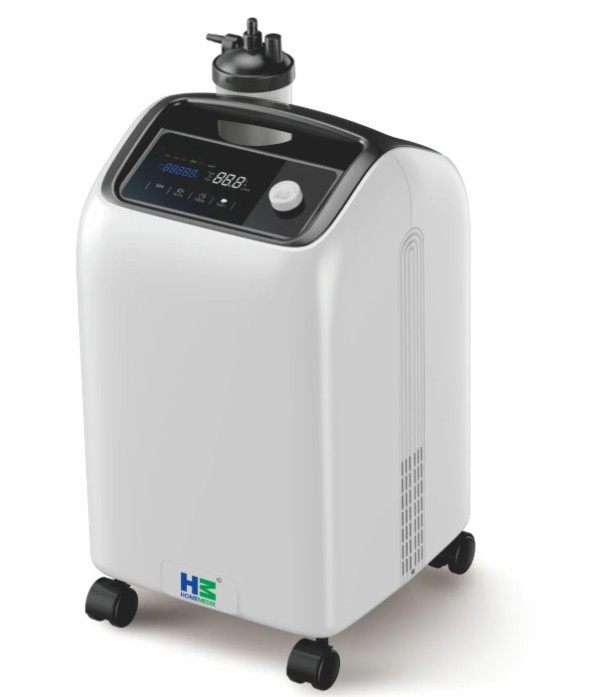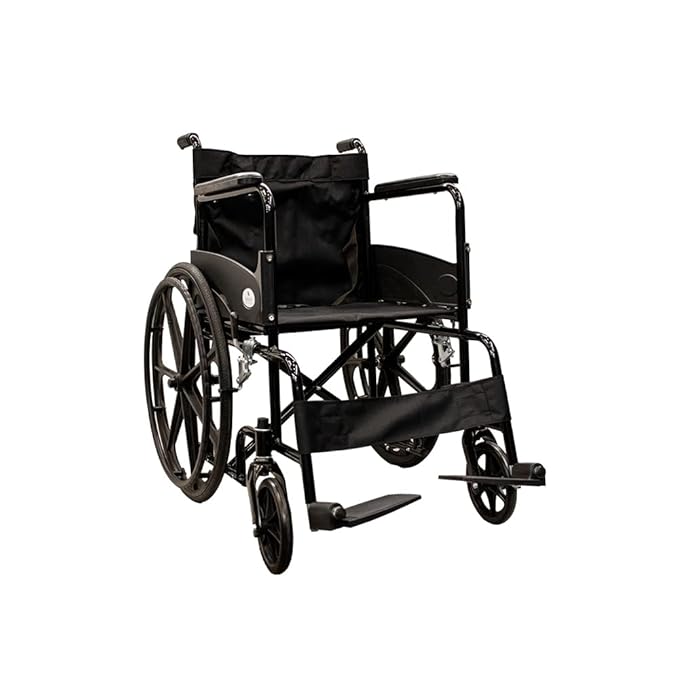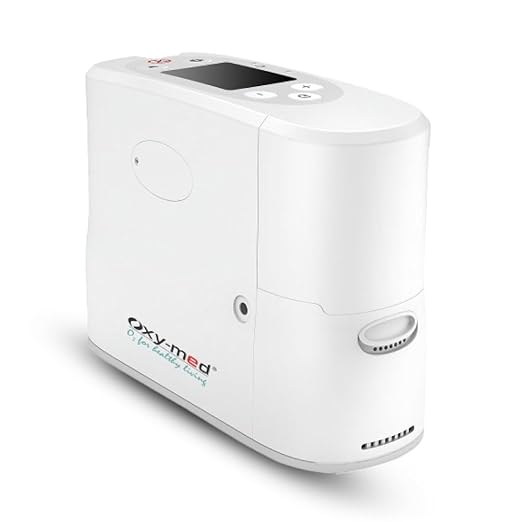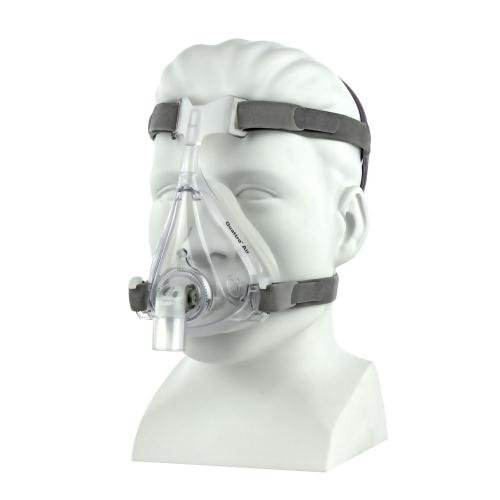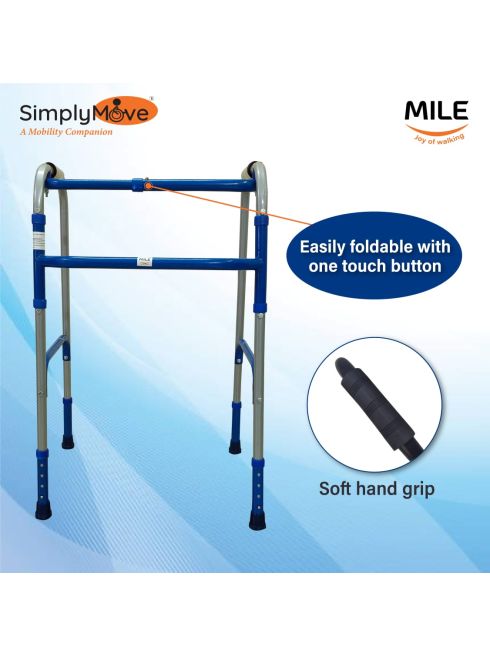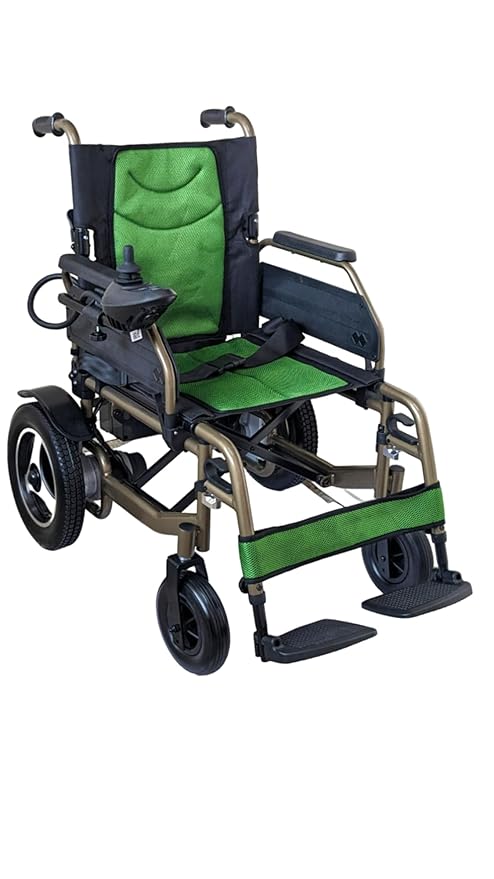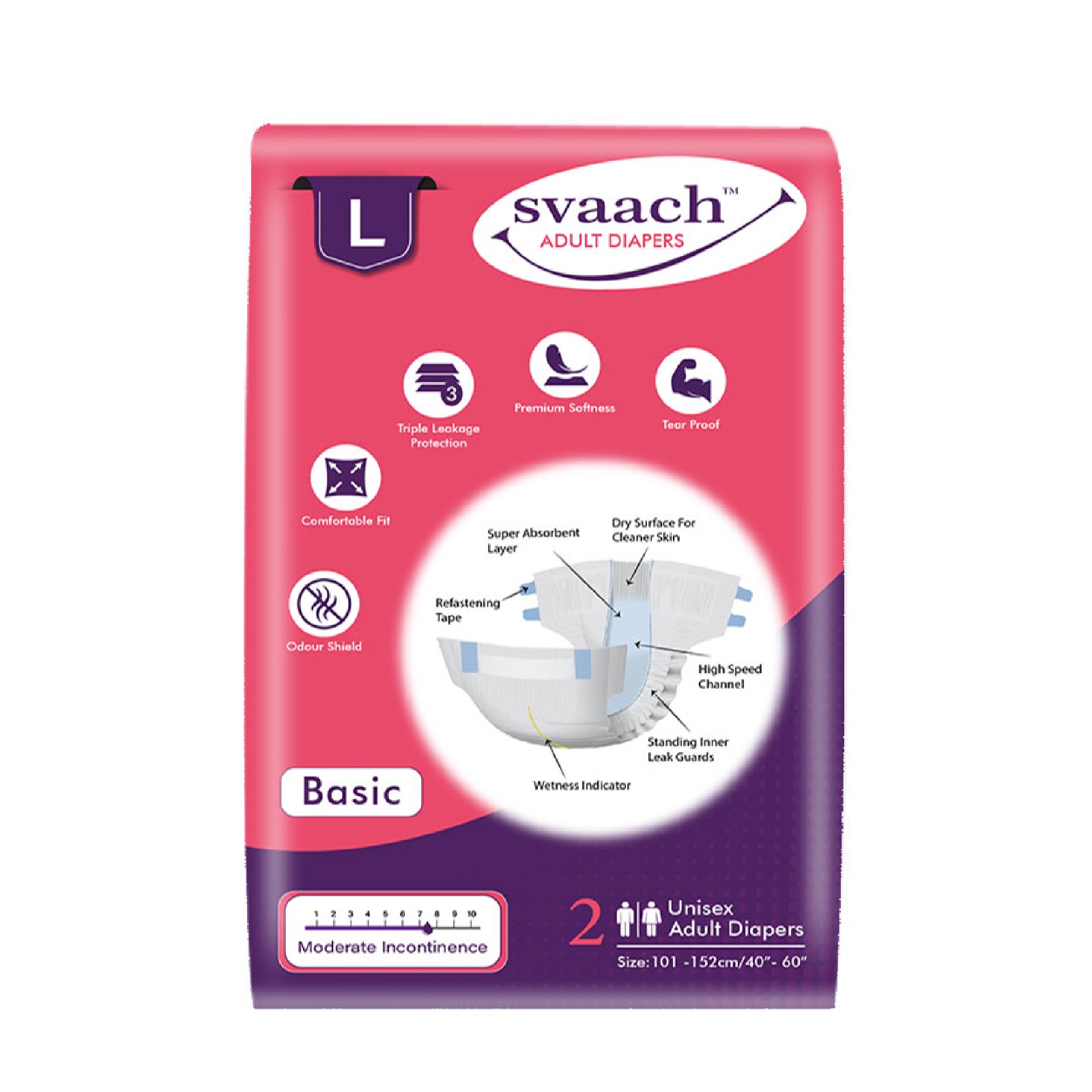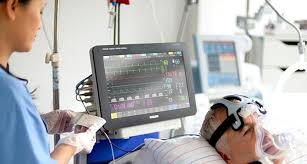Living with diabetes can be challenging, and hence, managing diabetes requires a diverse strategy. Yoga as an adjunctive therapy may be beneficial to treat diabetes along with diet modifications and medicines. Yoga for diabetes eases the physical and mental tension. The blood pressure and blood sugar levels may be lowered by practicing certain yoga poses and breathing techniques. Read more to understand the connection between yoga and diabetes and how yoga helps with blood sugar regulation.
Yoga For Diabetes
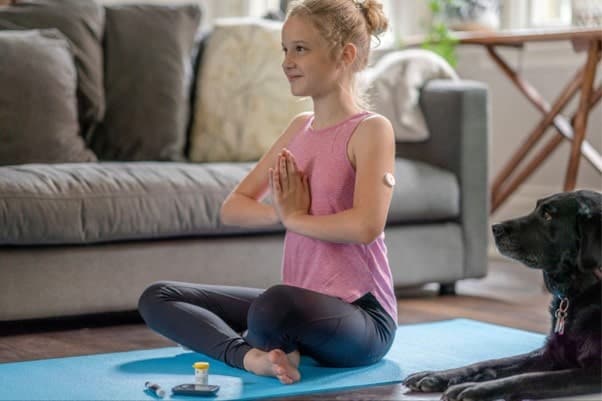
What is Diabetes?
Diabetes is a long-term condition that affects how the body uses food as fuel. The body converts the majority of the food we consume into glucose. This glucose is then released into the circulatory system. The pancreas releases insulin in response to an increase in blood sugar. Insulin functions as a key to allow blood sugar to enter the body’s cells and be used as an energy source.
When diabetes prevails, the body is not able to produce enough insulin, nor is it able to use it effectively. Too much blood sugar remains in the circulation when there is insufficient insulin or when cells cease reacting to insulin. That can eventually lead to major health issues like renal disease, heart disease, and eyesight loss.
Yoga For Diabetes
The three main types of diabetes are type 1, type 2, and gestational diabetes. The most common is Type 2 diabetes. Yoga is proven to reduce the symptoms of Type 2 diabetes. The body’s cells don’t utilize insulin correctly in type 2 diabetes and are not able to maintain a normal blood glucose level. Understanding the risk factors and making healthy lifestyle choices, such as avoiding being overweight, eating healthy, and being active, can help postpone or avoid type 2 diabetes. Practicing yoga for diabetes also lowers the chance of further issues. Regular practice may prevent further risks and complications associated with the complication.
Type 2 diabetes can also lead to cardiometabolic problems. So it is essential to manage weight in this case. Among the different forms of yoga, dynamic movements help diabetic individuals to lose weight. One may also consider learning at a Yoga School in Rishikesh to understand the best of yoga and safely practice it.
Prolonged stress can have an impact on blood sugar levels by making it unsteady and difficult to maintain. Yoga for diabetes incorporates breathing exercises and physical postures that have a good impact on insulin sensitivity, facilitate weight reduction, and lower stress levels.
Yoga Poses for Diabetes
The goal of managing diabetes entails a healthy diet, consistent exercise, and the guidance of a healthcare professional. Practicing mild poses targets the different muscle groups and improves blood flow. The improved circulation as a result promotes oxygen supply and supports cardiovascular health. Sequences like Surya Namakara help in weight management and burn calories. The stretches and the bends also aid with hormone balance which is essential for blood sugar regulation. The following yoga positions may be helpful in regulating diabetes.
Sun Salutations (Surya Namaskar)

The Surya Namaskar consists of a sequence of 12 poses. The flow of these poses helps to strengthen muscles and joints and aids in weight loss. It maintains a healthy functioning digestive system and uplifts the mood. Practicing the sun salutation enhances your quality of sleep to fight insomnia and lower your stress levels to balance the nervous system.
Surya Namaskara targets the shoulder muscles, lower back, feet, glutes, neck muscles, chest muscles, and hamstrings. This sequence of asana enhances blood sugar regulation and circulation of blood.
Steps To Follow:
Stand on a yoga mat with feet flat on the floor.
Join your palms in Pranamasana
Inhale and raise your hands upward, slightly, bending the back in Hasta Uttanasana
Exhale, bend forward from your waist. Try to touch the palms to the ground in Pada Hastasana.
Inhale, take the right leg back. Maintain a 90-degree angle with the left knee in Ashwa Sanchalanasana.
Take the left leg back into the high plank in Phalakasana
Exhale lower down the body. Touch the knees, chest, and chin to the floor, hips raised in Ashtanga Namaskara.
Inhale glide forward, raise the upper body, and open the chest. Place the elbows bent beside the chest in Bhujanagasana.
Exhale raises the body to form an inverted ‘V’ in Adho Mukha Svanasana.
Inhale, place the right leg forward at 90 degrees in Ashwa Sanchalanasana.
Exhale, stand on the mat and bend forward to touch the mat in Pada Hastasana.
Inhale, raise your hands in Hasta Uttanasana.
Exhale and bring your palms to the chest in Pranamasana.
Continue with the left side. That will make 1 round.
Repeat 5-8 times.
Legs-Up-The-Wall Pose
It targets the lower back, pelvic muscles, and hamstrings. It soothes the muscles and reduces the tension. In an inversion posture with the legs propped up against the wall, you feel at ease.
Steps To Follow:
Fold a blanket and place it against the wall
Place a blanket below the head if required.
Lie down on the mat with the hips placed on the blanket.
Place the legs along the wall, making the body parallel to the wall at 90 degrees.
Relax yourself in this position.
Extend the arms upwards beside your head
Hold the pose for 30 seconds
To release, carefully slip the legs to the side.
Seated Forward Bend

The yoga pose stretches the pelvis and eases anxiety and stiffness in the muscles. It also deeply stretches the spine and as a result, increases spine mobility. The stretch also promotes mental calmness and tranquility.
Steps To Follow:
Sit with the legs extended and extend the spine
Inhale and take a forward bend from the hips
Hold the sides of the feet and gaze forward
Hold the pose for 30 seconds
Reclining Bound Angle Pose

It is the reclined version of the butterfly posture. One feels energized and refueled in this pose. It allows the body to relax and become more open. This is a restorative yoga pose that targets the hips, groin, leg muscles, and inner thighs. It revitalizes the body and promotes calmness.
Steps To Follow:
Sit to keep the soles of the feet together.
Bring the heels as close to your pelvis as you can.
Keep the arms at your sides for support.
Slowly lower the back onto the floor to recline.
Hold the pose for 30 seconds. Breathe slowly and deeply.
To release, pull the knees back together and gently sit up.
Supported Shoulderstand Pose

The arms support the body as it is balanced on the shoulders. This pose helps stimulate the thyroid glands and increases shoulder and neck strength. It massages the stomach organs, improving digestion. It also reduces tiredness and symptoms of insomnia.
Steps To Follow:
Lie on your back
Put a blanket below the shoulders for support.
Place the arms beside the body.
Bend the knees and gently raise the legs one by one.
Support the lower back with the hands bent at the elbows.
Straighten the body. Move the feet toward the back and the hips toward the front.
To increase stability, walk your hands up the back
Expand the upper back, allowing the chest to reach the chin.
Hold for 30 seconds.
To release, gently lower the legs over the head and roll the body down.
Plow Pose

Halasana or the Plow pose improves circulation by stretching all the parts of the spine including the cervical, lumbar, and thoracic. The pose stretches the shoulders and eases back pain. The pose also stimulates the abdominal organs and stretches the spine, and hamstrings.
Steps To Follow:
Lay down on the back with arms beside you.
Put a folded blanket to support the upper back.
Inhale and raise the legs one by one.
Lower the legs to place them over the head.
Keep the hands on your lower back to support the back with fingers pointing upward.
Straighten the spine over the shoulders.
Take deep, comfortable breaths for 30 seconds.
Gently roll the body down to release the pose.
Breathing Exercises for Diabetes
The two best breathing exercises to manage diabetes are the Anulom Vilom and Bhastrika Pranayama. Be aware of your breathing and how it impacts the body and mind as you perform the pranayama.
Anulom Vilom Pranayama
The Anulom Vilom Pranayama, also known as Alternate Nostril Breathing, helps to balance the energy channels and lessen stress. It entails rhythmic and regulated breathing, which is beneficial for individuals with diabetes.
Steps To Follow:
Take a comfortable seat on the mat or chair.
Lengthen the back muscles and straighten the shoulder.
Gently close your eyes.
With the tip of the ring finger, close the left nostril
Inhale through the right nostril
Press the tip of the thumb to close the right nostril
Exhale through the left nostril
Inhale through the left nostril
Close the left nostril with the ring finger
Exhale from the right nostril.
Continue for 5-10 rounds.
Bhastrika Pranayama
Bhastrika Pranayam in Sanskrit, also known as the Bellows Breath, is an effective breathing technique that helps to detoxify the body, enhance oxygen intake, and produce heat and energy.
Steps To Follow:
Take a comfortable seat on a chair or a mat.
As you inhale, lift your hands to the sky and spread your fingers.
Close the fingers to a fist, pull the arms down to the shoulders, and exhale a little strongly.
Repeat for 20 breaths.
Take a break, breathe gently, and perform two more rounds.
Kapalbhati
Kapalabhati constitutes strong exhalations and passive inhalations. “Kapalabhati” comes from two Sanskrit words: “Bhati,” which means “shining” or “illuminating,” and “Kapala,” which means “skull.” This pranayama expels toxins from the body and stimulates the mind.
Steps To Follow:
Sit comfortably and maintain an upright spine.
Place the hands on your knees.
Inhale to take a big breath in
As you release the breath, contract the abdominal muscles.
Pull the stomach in toward the spine as much as you can
Inhalation will naturally occur as you relax.
Continue for twenty rounds.
Take a break and continue to perform two more rounds of KapalBhati Pranayama.
Before getting started on a new fitness program, it is crucial to consult with a doctor and a yoga expert. To incorporate yoga into the daily routine, start with gentle stretches. Regularly practicing the poses will help to increase strength and flexibility.
It is crucial to keep in mind that individual adjustments may differ depending on one’s fitness level and health issues. One may use props like bolsters, pillows, cushions, chairs, and yoga blocks to adjust themselves to a comfortable posture. It’s critical to pay attention to the body and refrain from overstretching and exerting extra pressure. Let your yoga instructor know about any discomfort or restrictions to ensure a safe practice. For people with diabetes, it’s essential to regularly check blood sugar levels and follow up with a healthcare professional.
Including yoga in your diabetic care routine can be a transforming experience. Yoga improves health by emphasizing weight control, healthy eating, and stress reduction, which is beneficial for diabetes management. Nirvana Yoga School is one of the best yoga schools in Rishikesh that offers the best yoga teacher training in Rishikesh. Visit their website to start your yoga journey.



